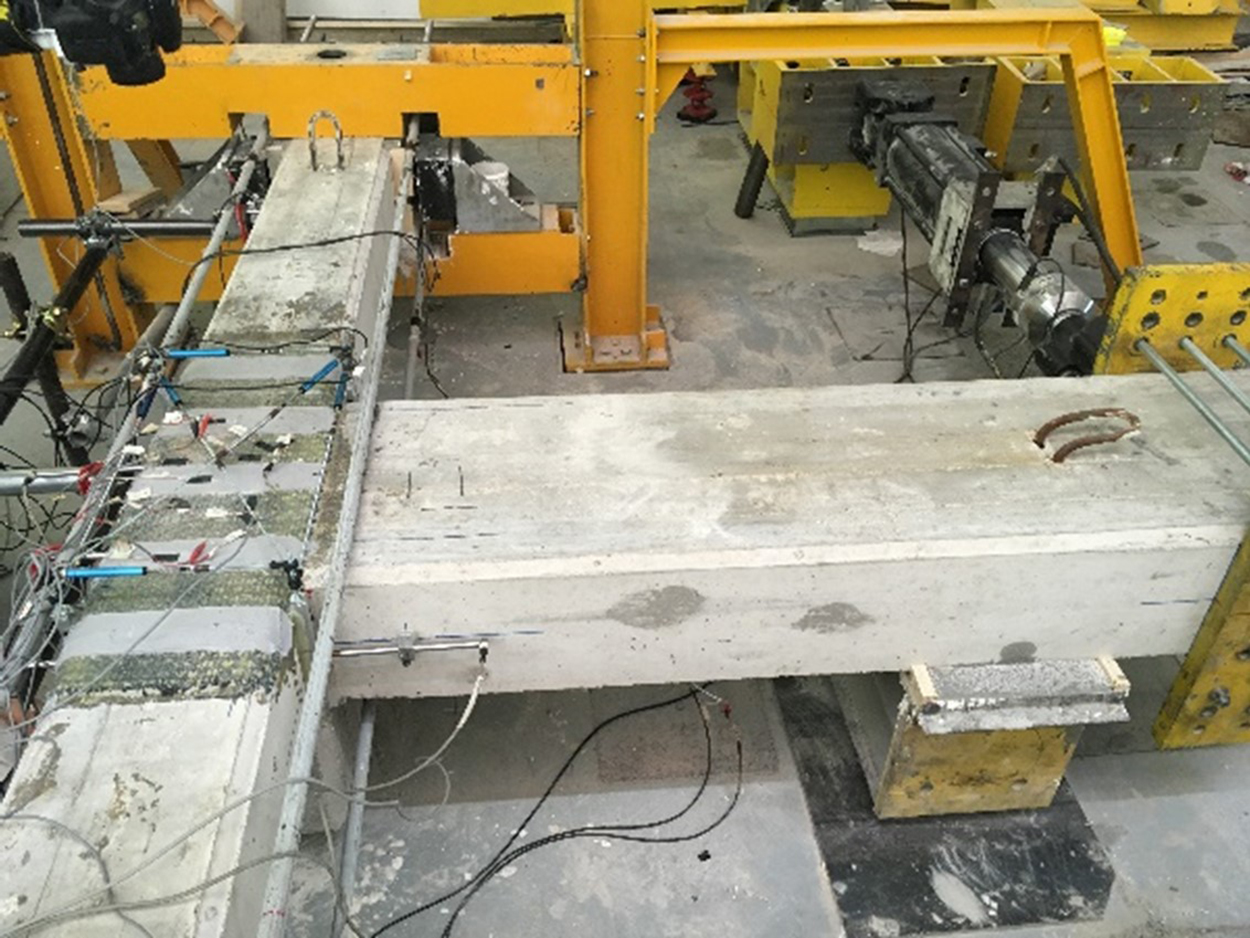
To meet the demand for cutting-edge technological solutions to strengthen structures and upgrade their seismic capability, Mapei, in collaboration with DiSt – Department of Structural Engineering and Architecture of the Federico II University of Naples, has developed an innovative, low-impact, rapid FRP system for strengthening non-confined beam-pillar joints in reinforced concrete which only needs to be applied externally.
This innovative application technique reduces the amount of disruption typical of more invasive, traditional systems, avoids having to remove portions of external cladding, reduces the overall cost of the work and minimises the amount of disturbance to occupants of the building.
From a functional point of view, the external FRP strengthening system, which consists of quadriaxial carbon fibre fabric applied around a non-confined joint, is similar to horizontal clamps positioned inside a joint and prevents brittle-type failure in the joint panel in favour of more yield in the longitudinal rebar in the adjoining beam.
The validity of the system was verified by carring out an experimental test campaign in the DiSt test lab on two beam-pillar joints; the first one in its original, as-built configuration and the second one in a strengthened configuration, representative of reinforced concrete buildings typically found in medium-risk seismic zones designed according to construction norms and standards which are now obsolete. They were characterised by their lack of clamps in the hinge panel and poor transversal reinforcement in the beams and pillars.
The failure mode of the as-built joint was typical of the type of failure found in existing buildings with diagonal shear cracks in the joint panel, while the joint strengthened with FRP on the external side only confirmed the effectiveness of the strengthening system. The tests demonstrated that initial stiffness was more or less similar to that of the as-built joint, which means this application may be considered to be a “localised” type. The effectiveness of the system was confirmed by it achieving the main objective: to modify the failure mode from brittle-type (shear failure in the joint panel) to ductile-type (flexural yield of the beam).
To summarise, the experimental test campaign demonstrated the validity of this new strengthening system which increases the shear strength of the joint panel and favours the development of ductile yield failure in the beam. This results in a significant increase in the amount of energy dissipated, leading to an increase in the performance characteristics and seismic capability of a building.
